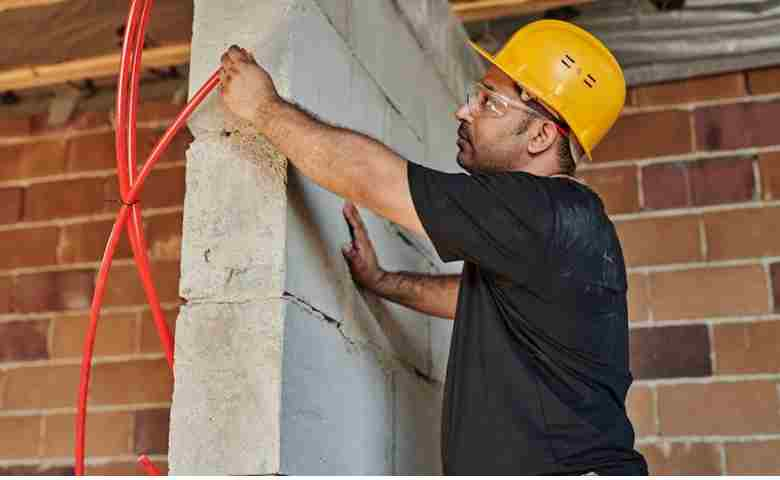Last Updated on August 28, 2024 by Admin
The construction market is already estimated to be worth over $14 trillion, and its anticipated growth going forward is being driven by the technological advancements which are arriving in force at the moment.
Each new development puts pressure on professionals in this industry to adapt, as myriad roles are influenced by what’s available right now. Stick around and we’ll introduce you to some prime examples of this.
Table of Contents
Automation and Robotics on the Job Site
Automation is entering the construction site in a major way at the moment. So while workers used to be faced with a variety of hazardous, manual tasks they can now oversee, troubleshoot, and manage technology that bears the brunt of this instead.
Here’s what’s happening:
- Bricklaying Bots: Machines like SAM (Semi-Automated Mason) enhance productivity.
- Drones for Surveying: Fast aerial mapping improves accuracy.
- Robotic Exoskeletons: These lighten heavy lifting for workers.
These advancements lead to roles for human team members that are focused more on programming, maintenance, and analysis. Familiarity with robotics is thus becoming essential in this industry.
Of course there are tech integration challenges, including training gaps and cost barriers. However, as automation and robotics seem set to define the trajectory of construction growth going forward, solutions will be found.
In the interim, workers who still face dangerous roles first-hand need to know that there is support available if they experience on-site accidents or injuries due to dangerous environments and materials. And you can’t trust tech to take all of the risks out of the equation even after it’s in place. That’s why you should call a burn injury attorney if you experience this type of issue on-site.
AI-Driven Design and Planning
It’s expected that by 2030 the amount spent on artificial intelligence in construction will hit $7.8 billion. Part of the appeal is the application of this tech to the design and planning phases of projects.
Key elements include:
- Predictive Analysis: Identifies potential design flaws before construction.
- Generative Design: Offers multiple design options optimized for efficiency.
These tools mean architects can now collaborate closely with AI specialists to refine outputs. Tools like Spacemaker from Autodesk exemplify this shift by using AI to create more sustainable designs across entire cities, not just individual buildings.
AI integration challenges old habits but also creates new opportunities for job roles focused on data analysis and software development in architecture. Meanwhile, contractors can now explore risks and resource allocations much faster than manually assessing plans.
Sustainability Practices in Modern Construction Roles
There are a growing number of careers in construction that focus on sustainability. This reflects the fact that the industry has an imperfect reputation when it comes to eco-impact. Luckily pros in the field can now rely on a number of tech breakthroughs to make their jobs less controversial.
Innovations include:
- Eco-Friendly Materials: Incorporating recycled resources reduces waste.
- Energy-Efficient Techniques: Implementing smart insulation and passive solar design lowers energy needs.
These advancements require new expertise. Green certifications become crucial as roles expand to include environmental impact assessment specialists.
Adoption obstacles persist, such as balancing cost and sustainability goals. However, incentives from governments worldwide are encouraging greener methods by providing financial benefits.
The Last Word
It’s apparent that emerging technologies bring the benefits of enhanced efficiency, safety and sustainability to projects of all sizes, with a corresponding shift in professional roles. The industry is eager to bring automation, AI-driven design, and eco-friendly practices onboard, which in turn drives demand for new expertise and job functions.
These advancements offer both opportunities and hurdles. Adapting to tech integration becomes a must for professionals seeking to thrive in years to come.
Related Posts:
- Robotics Engineering: A Lucrative Career Option Robotics
- What is construction robotics? Its Uses and Applications in Construction Industry
- How Technology Is Revolutionizing Safety Training in the Construction Industry
- How 5G Technology is Transforming Construction Site Connectivity and Operations


